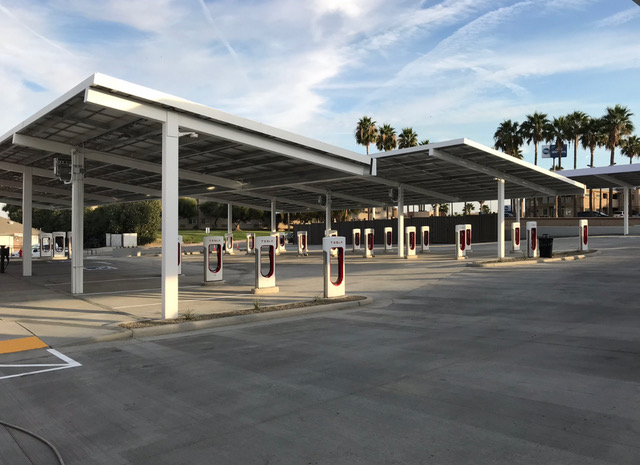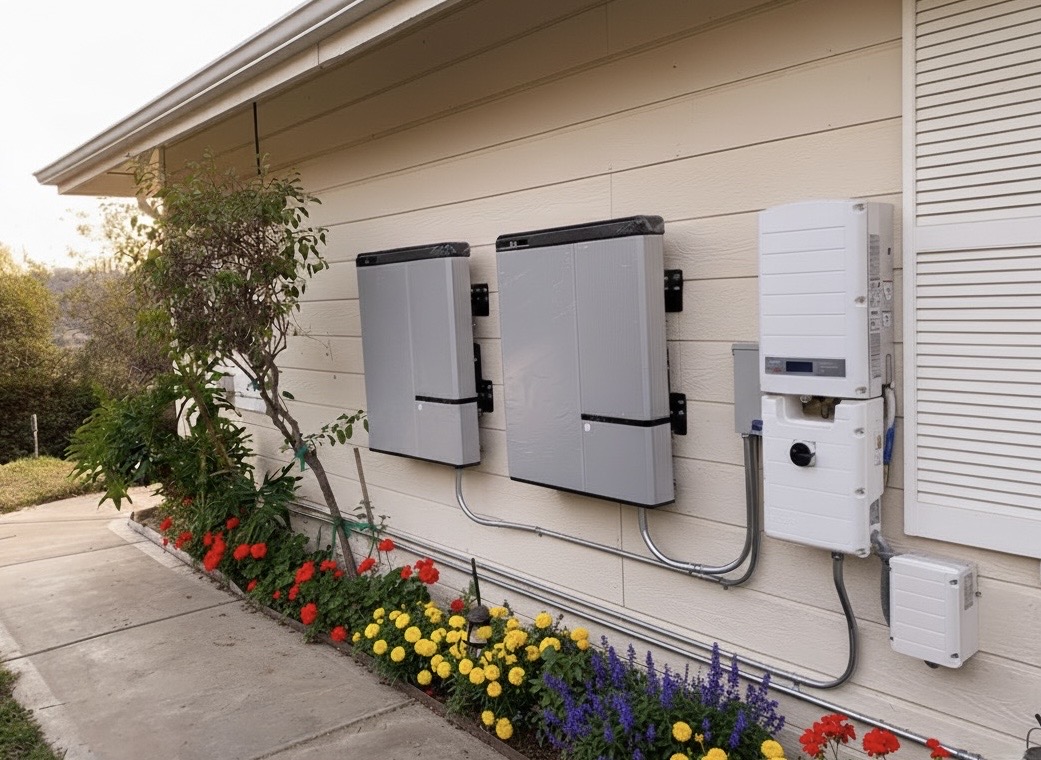Residential Electrical Troubleshooting & Repairs in Atwater Village
From the tree-lined blocks off Glendale Boulevard to homes tucked near the LA River path and the Hyperion Bridge, Atwater Village blends Craftsman charm with modern living—and that means your electrical system must keep up. Shaffer Construction, Inc. provides fast, meticulous electrical troubleshooting and repairs tailored to the neighborhood's older housing stock and today's energy demands. We quickly diagnose flickering lights, tripping breakers, dead outlets, and overheating devices, then complete safe, code-compliant repairs—often in a single visit. Whether you live in a 1920s bungalow on Edenhurst Ave or a ranch-style home near Fletcher Drive, our local team knows the wiring quirks, panel issues, and grounding challenges common in Atwater Village.
Our Work



Benefits
Up-to-Date Solutions for Every Home
We pair expert troubleshooting with modern tools and scalable solutions. Our technicians use FLIR thermal imaging, circuit tracers, and insulation resistance testing to pinpoint faults quickly and non-invasively. When appropriate, we recommend upgrades like whole‑home surge protection, AFCI/GFCI breakers, and smart load centers (e.g., Leviton or Eaton) that support monitoring and future EV or solar expansions. Clear circuit labeling and documentation make future projects simpler, protecting your investment and preparing your Atwater Village home for emerging technologies.
Fully Permitted and Code-Compliant
Shaffer Construction manages permitting with LADBS, coordinates meter releases with LADWP when needed, and ensures every repair meets the California Electrical Code (based on NEC) and Los Angeles amendments. We apply AFCI/GFCI requirements, proper grounding/bonding, and tamper‑resistant receptacle standards where applicable. For exterior work, we specify NEMA 3R enclosures and wet‑location devices. Our team attends ongoing code-update training, so your repairs pass inspection and perform safely long after we leave.
Proven Expertise You Can Trust
Every repair is performed to manufacturer torque specs using calibrated tools, with copper conductors, THHN/THWN‑2 in conduit where required, and UL‑listed connectors. We mitigate aluminum terminations with approved methods and antioxidant compounds when present. Junctions are made in accessible boxes with proper fill, strain relief, and labeling. We follow NFPA 70E safety practices, isolate circuits, and verify absence of voltage before work. The result: clean, durable, and reliable repairs that protect your home and family.
Personalized Assessment and Care
Older Atwater homes require tailored solutions. We start with a detailed load and symptoms review, map affected circuits, and evaluate panel capacity and grounding. We then design the least invasive repair path—often using attic or crawlspace routes to preserve plaster and tile. Options are presented with transparent pricing and timelines, prioritizing safety issues first. You’ll receive clear documentation of findings and recommendations for any future upgrades that fit your budget and goals.
What We Offer
Frequently Asked Questions
Do I need a permit for electrical repairs in Atwater Village?+
Minor like-for-like repairs (e.g., replacing a failed switch or outlet) usually don’t require a permit. New circuits, panel work, or substantial rewiring typically do. We handle LADBS permitting and, if needed, coordinate with LADWP for meter releases. During your assessment, we’ll clarify whether your repair needs a permit and how that affects timelines and cost.
Can you troubleshoot without damaging my plaster walls?+
Yes. We use non-invasive diagnostics—thermal imaging, circuit tracing, and borescopes—to locate faults with minimal access. When we must open a wall, we keep openings small, use existing cavities or attic/crawlspace routes, and protect finishes. Our goal is targeted repairs that preserve the character of Atwater Village’s Craftsman and Spanish Colonial homes.
Why do my lights dim when the AC or EV charger starts?+
This often indicates voltage drop from a heavily loaded or long circuit, weak connections, or an undersized service/panel. We test under load to locate the cause, tighten/repair terminations, and recommend circuit separation or panel upgrades if necessary. Solutions range from simple connection repairs to installing dedicated circuits or upgrading service capacity.
How long do typical troubleshooting and repairs take?+
Most issues are resolved in 1–4 hours during a single visit. Complex faults, new circuits, or panel-related repairs may extend into a second visit. If permitting is required—such as for a panel upgrade—expect an overall timeline of 2–4 weeks due to LADBS/LADWP coordination, though the on-site repair time remains limited.
What are common electrical problems in Atwater Village homes?+
We often see ungrounded two-prong receptacles, aging knob-and-tube or cloth-insulated wiring, overloaded kitchen or laundry circuits, degraded attic conductors from heat, and outdated panels. Nuisance GFCI trips from exterior moisture and shared neutral issues in older multi-wire circuits are also common. We’re familiar with these patterns and fix them efficiently.
Ready to Get Started?
Contact us today for a free consultation and quote on your electrical project!
Contact Us